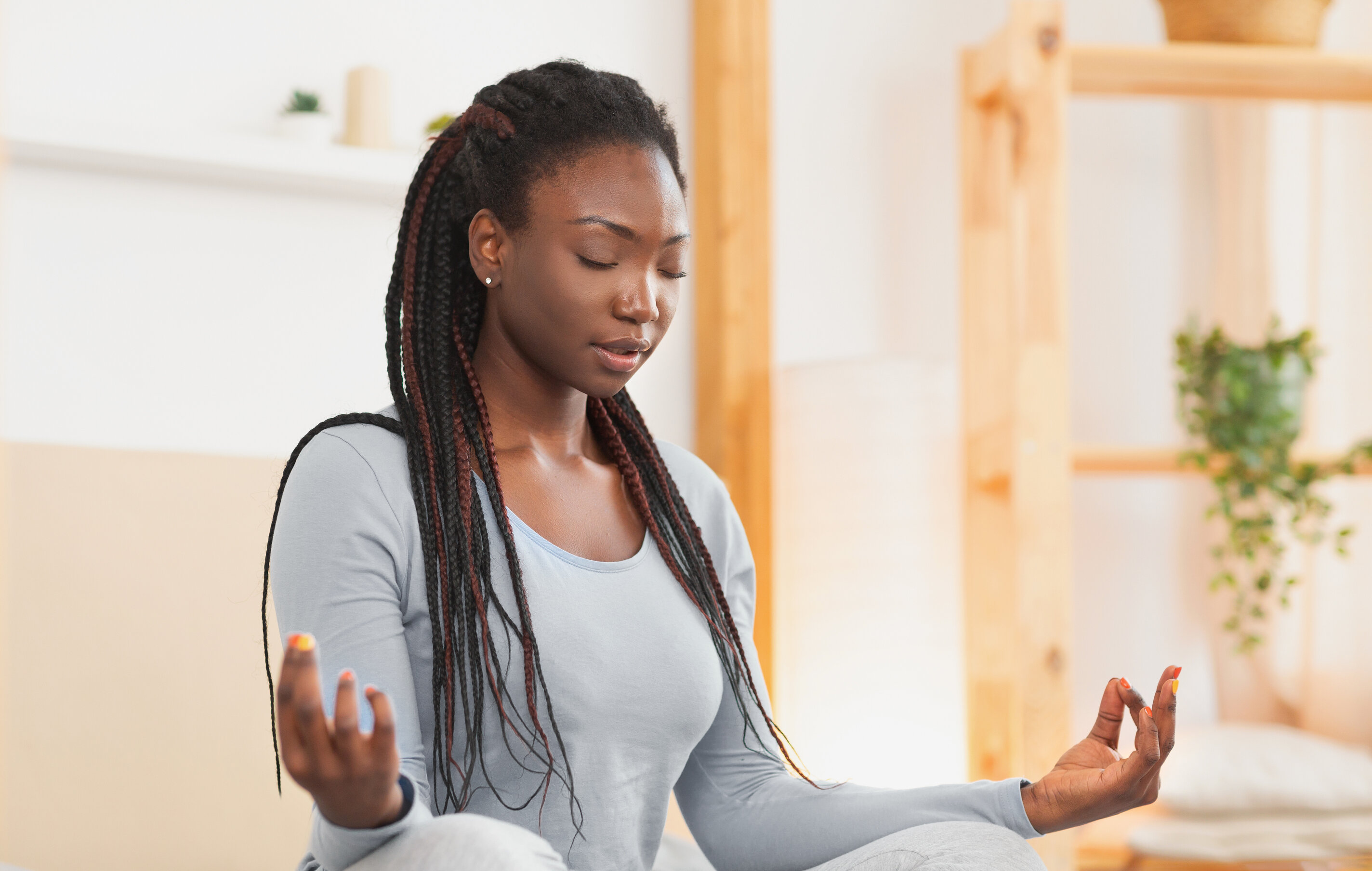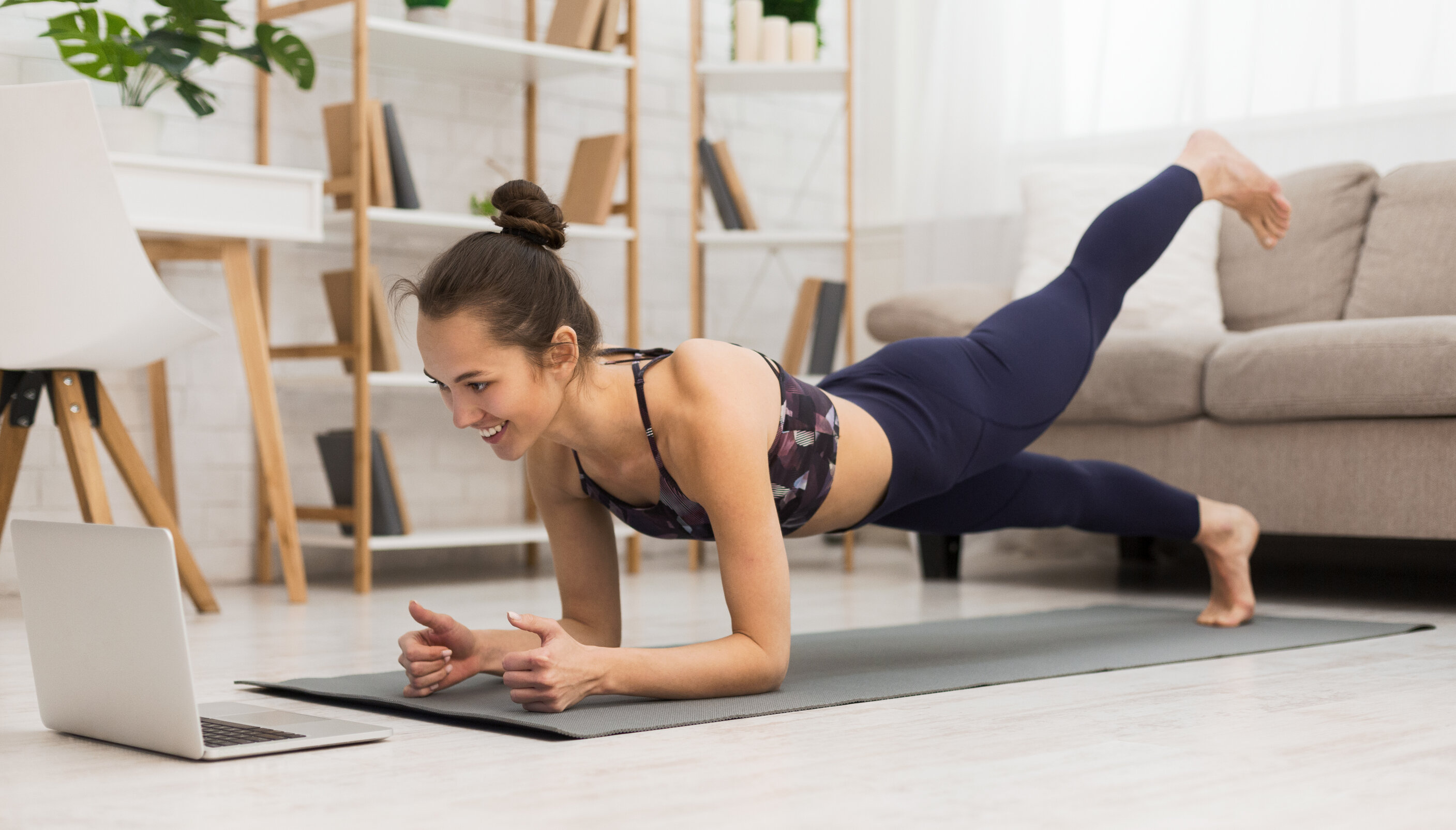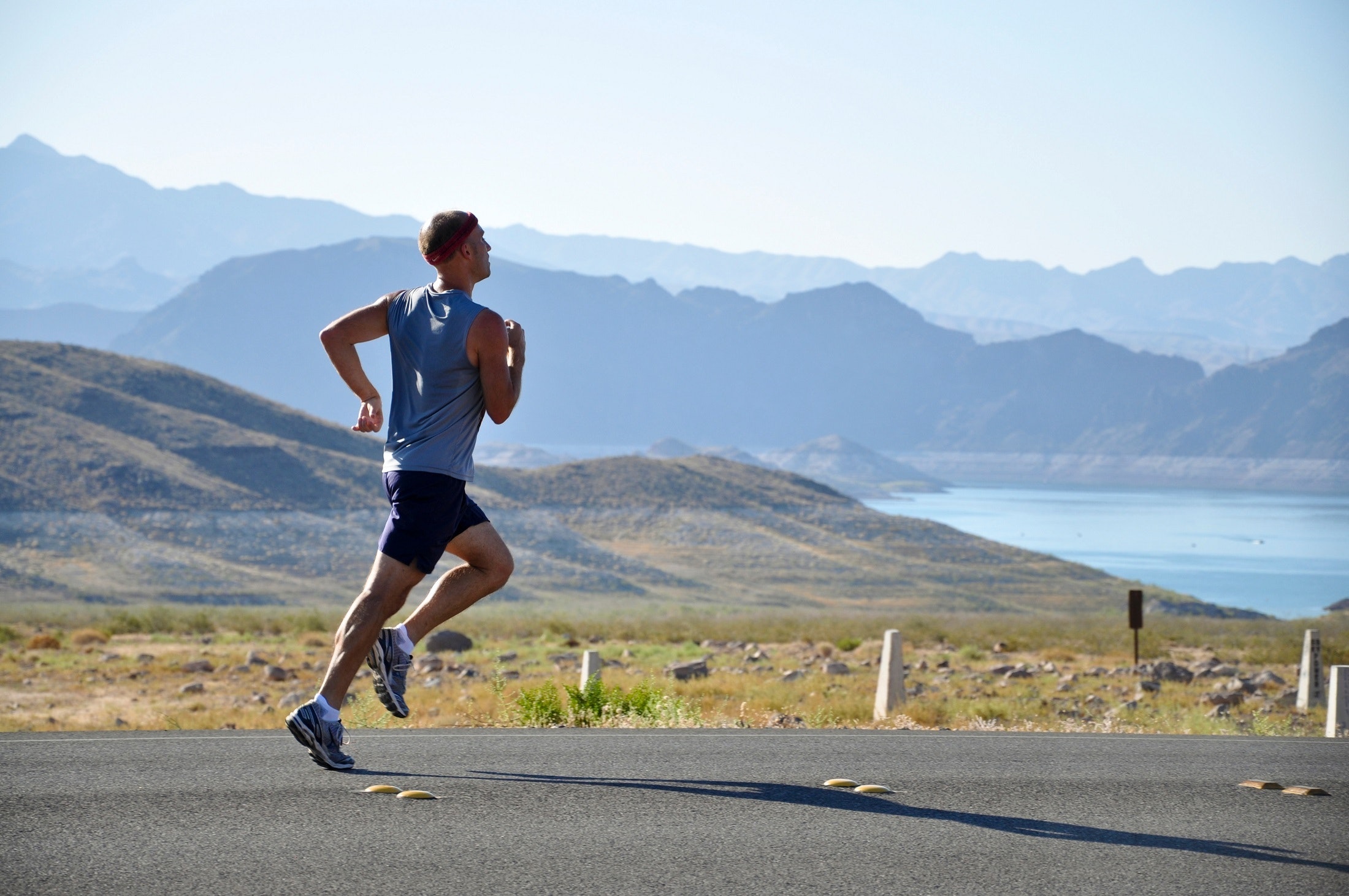The physical and mental practices of yoga have become very popular as a form of cross-training for athletes of all kinds, from casual weekend warriors to professional sports stars. This is not just a passing fad. Strong scientific research and results-based evidence are showing the value of yoga for improving athletic performance.
The questions that we will address in this article include:
- What benefits do athletes find in these practices?
- Do these benefits translate to better performance in your chosen sport?
- And if so, what should you do as an athlete when it comes to engaging in the practices of yoga?

The Benefits of Yoga and Meditation
The traditions of yoga are deeply rooted in the notion that steadying and calming your body, breath and mind will bring you to a place of true self-realization. This realization gives you greater clarity regarding who you are and where you fit in the world. Indeed, the intent of yoga is to make you a better person.
Translating these notional roots and ideals to our contemporary world, there are four primary benefits that athletes can realize through yoga and meditation:
- Body – Improve your strength, balance, mobility/flexibility, and recovery
- Breath – Have better control and awareness of your own breath
- Mind – Improve control of your own mind, particularly in challenging situations
- Integration – Improve the connection of your body with your breath and your mind
Let’s look at each of these in more detail.

Improved Strength, Balance, Mobility/Flexibility and Recovery
The most often heard comment made by people that don’t do yoga is “I’m not flexible enough to do yoga.” Unfortunately, this is a big misconception. The primary physical reason to do yoga is to gain better control of this body of yours. The physical practices of yoga — called “asana” — can be used to improve not only your flexibility but also your strength, balance, and mobility... All of these benefits can be had by practicing asana:
- Strength – A consistent physical yoga practice will enhance muscular strength and development across opposing muscle groups. Yoga postures can be selected to target muscle groups that are often under-utilized in other exercises, such as running, cycling, and swimming. By strengthening these neglected muscles, your muscles can collectively function at their optimal level and enhance your athletic performance.
- Balance – Balance is essential for improving athletic performance and preventing injuries. Yoga practices include a combination of static balancing postures and flowing movements between postures. The combination of these approaches improves your balance when standing in stillness but also your ability to find balance in transitions of movement. This will improve your grace, fluidity, and sense of your body in space, leading to better performance overall.
- Mobility and Flexibility – Mobility refers to your ability to use your body effectively throughout the full range of motion of your joints — without any external assistance. Flexibility refers to your ability to place and move your body into positions — possibly using external assistance. For example, place your palm flat on a surface and try lifting your middle finger using only the finger itself. This is your “mobility”, your usable range of motion. Now use your other hand to bend your finger up higher. This assisted range of motion is your “flexibility”. Yoga postures can be used to improve your end range of motion as well as your ability to be stable and strong at those end ranges. Over time, yoga postures will also improve your flexibility, but the utility of extreme flexibility is questionable, particularly in sports. Instead, a focus on improving mobility will provide better performance gains. For example, a greater controlled arc of motion allows more force to be exerted during movements like a golf swing, swimming stroke, or baseball pitch.
- Prevention and Recovery — The combination of all of these physical benefits will in turn give you a more robust physique, better supporting injury prevention and recovery from your other training activities.

More Effective Use and Control of Your Breath
Knowing when and how to breathe is key to success in many sports. Indeed, the best sprinters in the world can run their entire race with their mouths closed! Try it sometime: run with your mouth closed. It’s a great exercise and can yield improvements in lung capacity, oxygen absorption and elimination of carbon dioxide.
In yoga, the term “pranayama” is used to refer to any of a variety of breath-centred practices. In addition, flowing asana practices tend to coordinate movements with your breathing. For example, inhaling into an expansive movement and exhaling into a compressive movement. The combination of controlled breath practices and breath-centred movement practices will give you much better awareness and control of your own breathing. This in turn translates directly to more effective breathing in your sport of choice.
The science of breathing and the benefits of yogic breathing methods have undergone significant research. The recently published and easy-to-read book “Breath” by James Nestor is a great reference for those wanting a deeper dive.
Better Control of Your Mind
The original intent of yoga’s physical and breathing practices is to bring you to a place of steadiness and calmness so that you can sit in meditation for long periods without any agitation. Meditation practices can teach you to concentrate on the rising and falling of your own breath. This ability to stay focused on this one thing — your breath — for a sustained period of time is key to moving beyond the anxiety of performance in competitive situations, even if the competition is simply within yourself (like diving or gymnastics).
And even if meditation is not for you, yoga acknowledges the importance of mental training alongside physical training. Yoga includes various other techniques that can help improve mental focus for sports or exercise. As already mentioned, many yoga practices teach you to match your breath with movement. This type of concentrated focus can be quite beneficial for endurance athletes like runners, cyclists, and swimmers.
Improved Connection of Body, Breath and Mind
The integration of body, breath and mind brings you to the “state of yoga”, that place of union within yourself and with the larger world. Being deeply centred brings about poise and equanimity in everything that you do. Imagine being absolutely calm and clear as you enter a competitive situation. No attachment to possible successes, no aversion to possible calamities — just you, your body, your breath, your mind, in unison, ready to engage with each and every present moment. No matter the outcome, you will be bringing your best self to the stage. And what more could you want?

Bringing Yoga to Your Sport
Postural yoga, breath work, and meditation practices need to be appropriate to each person’s capabilities and needs. Now that you understand the potential benefits of yoga, your challenge as an athlete becomes one of deciding which methods and practices best suit your needs. In approaching yoga as an athlete — or anyone else for that matter — you have to realize that there are many types and variations of yoga and meditation out there. They range from highly physical, virtually acrobatic practices to deeply calming, restorative and supportive practices. Choosing the right type of yoga practice is critical to achieving the benefits that you’re seeking. One size does not fit all.
The best place to start is to consider what types of gains you are looking for. From there, choose practices that align with your goals. If you’re uncertain, try out a few different approaches and styles and begin to notice the results. Eventually, the yoga that’s best for you will naturally emerge.
Yoga is a great addition to any exercise regimen and has many benefits for improving athletic performance. It is unique in those athletes of all ages or experience can start a program at their own pace – and reap the benefits. The next step is up to you!



Great article! Very helpful overview. Thank you for writing it.
All makes perfect sense! Thank you Guy.
Thanks Guy. A great read...